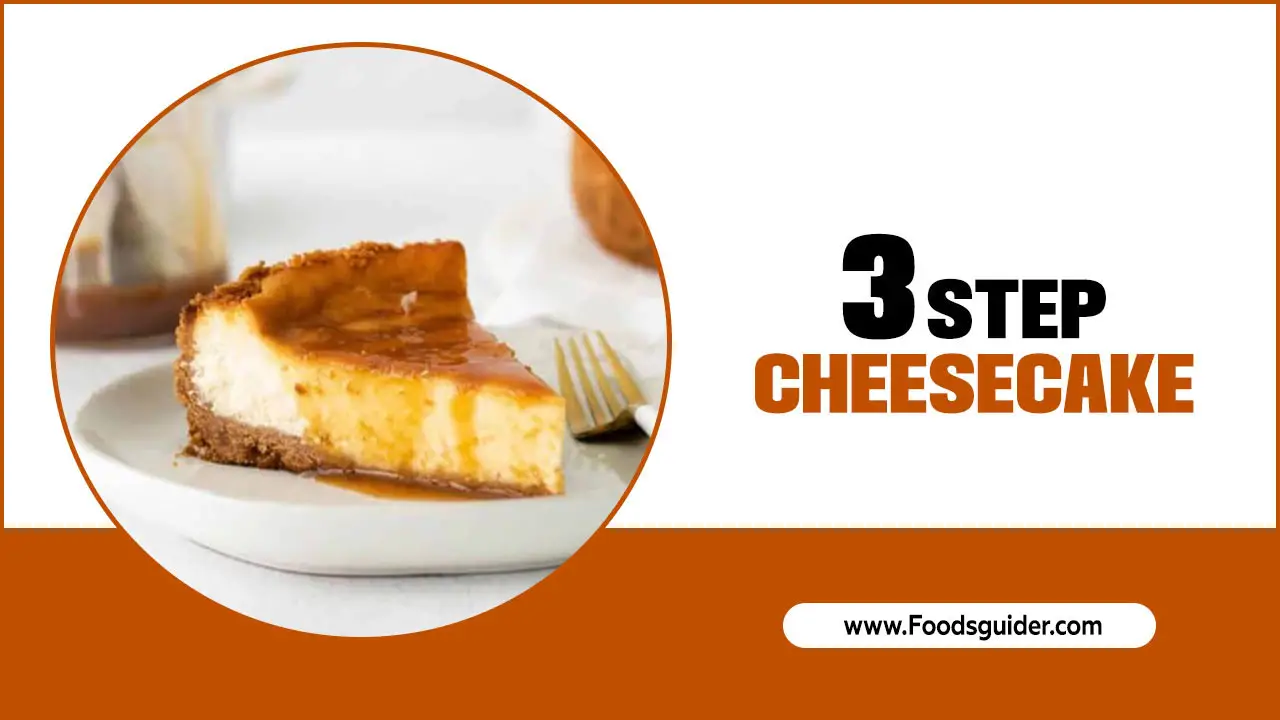Embark on the ultimate Italian truffle hunting adventure! Discover the best tours in Italy, learn what to expect, how to book, and tips for an unforgettable culinary experience. Find your perfect truffle hunting tour in Italy with this easy guide.
Truffle Hunting Tours Italy: Your Essential Guide to a Culinary Adventure
Imagine the thrill of digging for a rare, earthy treasure, guided by an expert and their trusty dog. That’s the magic of truffle hunting in Italy! It’s a culinary adventure that connects you directly to the land and its most prized delicacy. While it might seem like an exclusive pursuit, joining a truffle hunting tour is surprisingly accessible, even for beginners. If you’ve ever dreamed of finding your own truffle or simply want to experience this unique tradition, this guide will walk you through everything you need to know.
We’ll demystify the process, highlight the best regions, and provide practical tips to ensure your truffle hunting experience in Italy is nothing short of spectacular. Get ready to uncover the secrets of the forest and taste the fruits of your labor!
Why Go Truffle Hunting in Italy?
Italy is practically synonymous with truffles. The country boasts ideal conditions for these subterranean fungi to flourish, leading to some of the world’s most sought-after varieties. Beyond the sheer excitement of the hunt, joining a truffle tour offers a deeply immersive cultural and culinary experience. It’s a chance to learn about a time-honored tradition, connect with nature, and, of course, savor the unparalleled flavor of freshly unearthed truffles.
You’ll be guided by local experts who have dedicated their lives to understanding the subtle signs of truffle growth and the art of the hunt. It’s more than just finding food; it’s about experiencing a piece of Italian heritage firsthand.
When is the Best Time for Truffle Hunting in Italy?
The truffle season in Italy varies depending on the type of truffle and the region. Understanding these nuances will help you plan your trip for the best possible truffle hunting experience.
Truffle Seasons by Type and Region:
- White Truffles (Tuber magnatum pico): These are the most prized and expensive truffles, with a distinct pungent aroma and flavor. Their season typically runs from early autumn to late winter, roughly from September/October to December/January. Key regions include Piedmont (especially around Alba), umbria, and Tuscany.
- Black Truffles (Tuber melanosporum and Tuber brumale): The prized “winter black truffle” (Tuber melanosporum) is available from November to March. The “summer truffles” (Tuber aestivum) are available from May to August, though they are less aromatic and often more affordable. Black truffles can be found in many regions across Italy, including Umbria, Tuscany, Lazio, and Piedmont.
- Other Varieties: Italy also has other truffle species like the Bianchetto (Tuber borchii), often found from January to April, which has a milder, garlicky flavor.
Key takeaway: For the most sought-after white truffles, aim for October to December. For black truffles, late autumn and winter are ideal. Summer truffle hunts are also available but with a different, less intense truffle.
Top Regions for Truffle Hunting Tours in Italy
While truffles can be found in many parts of Italy, certain regions are renowned for their abundance and the quality of their truffle hunting tours. These areas offer a rich tapestry of landscapes, culinary traditions, and expert guides.
Piedmont (Piemonte)
Often considered the truffle capital of the world, Piedmont is most famous for its exquisite white truffles (tartufo bianco d’Alba). The Langhe hills, around towns like Alba, Asti, and Barolo, are prime truffle territory. Truffle hunting tours here often combine the hunt with wine tastings, offering a complete sensory immersion.
Why visit: For the unparalleled white truffle experience and the chance to explore stunning wine country.
Umbria
This central Italian region is a green heartland known for both white and black truffles. Cities like Norcia and Città di Castello are significant truffle hubs. Umbria offers a slightly less crowded and often more rustic truffle hunting experience compared to Piedmont, with tours that emphasize the natural beauty of the region.
Why visit: Excellent truffle variety, beautiful rolling hills, and a more authentic, less commercialized feel.
Tuscany (Toscana)
Famous for its rolling hills, cypress trees, and incredible food, Tuscany also produces a significant amount of truffles, particularly black truffles. Areas around San Miniato, Florence, and Siena are popular spots for truffle hunting tours. Many tours are integrated with visits to historical farms and vineyards.
Why visit: Combine truffle hunting with the iconic Tuscan landscape, cuisine, and wine.
Other Notable Regions:
- Marche: Known for its diverse truffle production, including white truffles.
- Lazio: Surrounding Rome, this region offers opportunities to find black truffles.
- Liguria: Especially areas like Cerreto di Spoleto, known for its valuable white truffles.
What to Expect on a Typical Truffle Hunting Tour
Truffle hunting tours are designed to be an engaging and educational experience for everyone, regardless of prior knowledge. Here’s a general idea of what you can anticipate:
The Briefing and Introduction
Your tour will usually begin with a meet-and-greet with your guide and their trusty dog (or dogs!). The guide will introduce you to the world of truffles, explaining their life cycle, how they grow, and the methods used to find them. You’ll learn about the different types of truffles and their unique aromas.
Meeting the “Cercatore” and Their Dog(s)
The “cercatore” (truffle hunter) and their “trifolau” (dog handler) play a crucial role. The dogs, often Lagotto Romagnolos, are specially trained to sniff out the faint aroma of truffles buried underground. You’ll see firsthand how the dogs work, using their keen sense of smell to locate the hidden treasures. The bond between the hunter and their dog is a fascinating part of the experience.
Learn more about the amazing truffle dog breed, the Lagotto Romagnolo, from the American Kennel Club.
The Hunt Itself
You’ll venture into the woods or truffle grounds, often a beautiful forested area. Your guide will lead you, and the dog will excitedly begin its search. When the dog signals it has found a truffle, the hunter will carefully dig around the spot to unearth it. It’s common for the same truffle patch to yield multiple finds, or sometimes, it can be a bit more challenging!
Discovery and Identification
Each truffle found is a moment of triumph! Your guide will explain how to identify the truffle, determine its type, and assess its quality. You’ll learn about the specific soil and tree types that these fungi prefer.
Tasting and Enjoyment
Many tours conclude with a tasting session. You might enjoy a simple pasta dish, bruschetta, or cheese seasoned with the truffles you helped find. This is often paired with local wine, making for a delicious and memorable finale. Some tours also offer cooking classes where you can learn to prepare truffle dishes.
Duration and Inclusions
Tours typically last between 2 to 4 hours. Most include the guided hunt, the dog’s assistance, and often a truffle tasting. Some packages might also include a light meal, cooking demonstrations, or visits to local markets or producers.
How to Book Your Truffle Hunting Tour in Italy
Booking your Italian truffle hunting adventure is straightforward, but some planning can enhance your experience. Here’s how to go about it:
1. Choose Your Region and Time of Year
Decide which region you’d like to visit based on your interest in specific truffle types and the kind of landscape you wish to explore (e.g., Piedmont for white truffles, Tuscany for a classic Italian countryside feel). Confirm the truffle season for your chosen period.
2. Search for Reputable Tour Operators
Use online travel platforms, search engines, and tourism board websites. Look for companies that specialize in truffle hunting or culinary tours. Read reviews from previous participants to gauge quality and authenticity.
Tip: Search for terms like “truffle hunting tour [region name] Italy,” “tartufo experience Italy,” or “mushroom hunting tour Italy.”
3. Compare Tour Options
Tours can vary in price, duration, group size, and what’s included. Some are private experiences, while others are group tours. Consider if you’d prefer a half-day hunt, a full-day excursion, or a package that includes accommodation and additional activities.
4. Check Inclusions and Exclusions
Ensure you understand what your chosen tour covers. Key things to look for are:
- Duration of the hunt
- Type of truffle expected (season dependent)
- Inclusion of a truffle dog
- Tasting session or meal
- Transportation to/from the hunting site
- Any culinary experiences or cooking classes
5. Book in Advance
Especially during peak season (autumn) and for popular regions like Alba, truffle hunting tours can book up quickly. It’s wise to book several weeks or even months ahead to secure your spot.
6. Communicate with the Operator
If you have specific dietary needs, mobility concerns, or questions about the tour, don’t hesitate to contact the tour operator before booking. They are usually very happy to accommodate reasonable requests.
Here’s a helpful table to compare different types of tour offerings:
| Tour Type | Typical Duration | Ideal For | Pros | Cons |
|---|---|---|---|---|
| Half-Day Hunt & Taste | 2-3 hours | Beginners, short trips | Affordable, time-efficient, good introduction | Less in-depth exploration |
| Full-Day Expedition | 4-6 hours | Enthusiasts, immersive experience | More time in the forest, often includes lunch, deeper dive into region | More costly, requires more time commitment |
| Private Tour | 2-4 hours (flexible) | Couples, families, special occasions | Personalized attention, flexible schedule, exclusive experience | Highest cost |
| Truffle Hunting Package w/ Cooking Class | Full Day or Multi-Day | Foodies, hands-on learners | Combines hunt with culinary skills, often includes truffle meal preparation | Can be more expensive, may require multiple days |
Essential Tips for Your Truffle Hunting Tour
To make the most of your truffle hunting adventure, a little preparation goes a long way. These tips will ensure you’re comfortable, prepared, and ready to enjoy every moment.
What to Wear:
- Sturdy Footwear: You’ll be walking on uneven terrain, possibly in muddy or damp conditions. Waterproof hiking boots or sturdy walking shoes are a must.
- Comfortable Clothing: Layers are key, as the weather can change. Consider long pants to protect against undergrowth and insects.
- Rain Gear: A waterproof jacket and perhaps waterproof trousers are advisable, especially during autumn and winter months.
What to Bring:
- Water Bottle: Stay hydrated during your hunt.
- Snacks: While a tasting is usually included, having a small snack is good for energy.
- Camera: Capture the beautiful scenery and memorable moments.
- Small Bag or Backpack: To carry your personal items.
- Cash: For any impromptu purchases or tipping, if desired.
- Insect Repellent: Depending on the season and location.
During the Hunt:
- Listen to Your Guide: They are the experts! Follow their instructions carefully regarding the dog’s behavior and the digging process.
- Be Patient and Flexible: Truffle hunting is a natural process. Some days yield more finds than others. Enjoy the journey!
- Respect Nature: Stay on designated paths where possible and avoid disturbing the environment.
- Let the Dog Work: The dog’s nose is incredible. Try not to interfere or distract it.
After the Hunt:
If you’re lucky enough to purchase some of your findings, consider how to best enjoy them. Fresh truffles are best shaved raw over simple dishes like pasta, eggs, or risotto. Proper storage is also crucial; keep them wrapped in a slightly damp paper towel inside an airtight container in the refrigerator.
For guidance on preserving truffles, resources like Healthline offer practical advice.
Truffle Types You Might Discover
During your hunting experience, you’ll likely encounter one or more of Italy’s prized truffle varieties. Knowing the differences can add another layer of appreciation to your hunt.
The Majestic White Truffle (Tuber magnatum pico)
Season: Autumn (September – December/January)
Appearance: Pale beige-brown, irregular surface, pale creamy flesh with fine white veins.
Aroma/Flavor: Intensely aromatic, potent, has notes of garlic, earth, and cheese. Considered the king of truffles. Its flavor is best appreciated raw.
Price: Highest of all truffles due to rarity and difficulty in cultivation.
The Elegant Black Truffle (Tuber melanosporum)
Season: Winter (November – March)
Appearance: Dark brown to black exterior with pronounced warts, dark gray flesh with red-brown veins. Very aromatic.
Aroma/Flavor: Deep, earthy, and musky, with hints of cocoa and sometimes a subtle spiciness. Can withstand some cooking, which enhances its aroma.
Price: High, but generally less expensive than white truffles.
The Summer Truffle (Tuber aestivum)
Season: Summer (May – August)
Appearance: Dark, rough, pyramidal “wart” outer shell, pale hazel flesh with white veining. Less visually striking than its winter cousins.
Aroma/Flavor: Mild, pleasant, and nutty. Less intense than white or winter black truffles. It’s often used more liberally due to its lower price and milder taste.
Price: Most affordable among the commonly hunted truffles, making it accessible for broader culinary uses.
The Bianchetto Truffle (Tuber borchii)
Season: Late Winter to Spring (January – April)
Appearance: Similar to white truffles but often smaller, with a reddish-brown interior and more pronounced white veins. Its outer skin can be smoother than the white truffle.
Aroma/Flavor: Distinctive, often described as garlicky or peppery. It has a strong, pungent aroma that can be polarizing but is highly appreciated by truffle connoisseurs.
Price: More affordable than the prized white truffle, but still a sought-after delicacy.
The type of truffle you find will heavily depend on the region and the time of year you book your tour. Your guide will be an expert in identifying each one!
Beyond the Hunt: Enjoying Truffles in Italy
Finding truffles is only half the fun. The other half is savoring their incredible flavor! Here are some ways you can enjoy your truffle finds or sample truffle dishes during your Italian trip.
Truffle Pairings
Freshly found truffles are often incorporated into simple, classic Italian dishes to let their flavor shine. Common pairings include:
- Pasta: Tagliatelle, fettuccine, or ravioli dressed with butter or olive oil and generously shaved with fresh truffle.
- Eggs: Scrambled eggs, omelets, or fried eggs get an instant gourmet upgrade.
- Risotto: A creamy risotto is a perfect canvas for truffle’s earthy notes.
- Beef Carpaccio: Thinly sliced raw beef, often with Parmesan and a drizzle of olive oil, is elevated by truffle shavings.
- Cheese: Especially mild, creamy cheeses like ricotta or burrata.
Truffle Markets
If you visit during peak truffle season (especially autumn),





